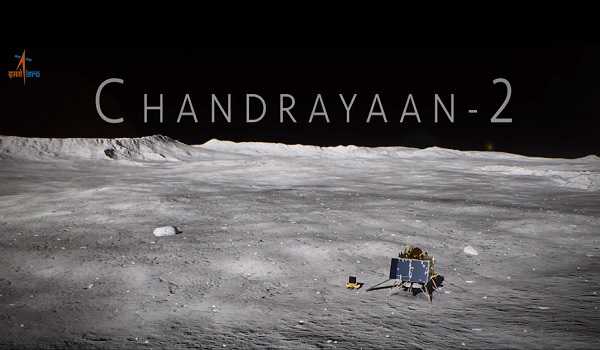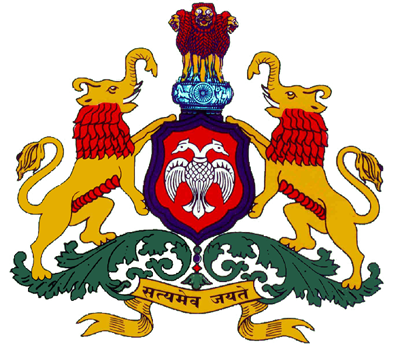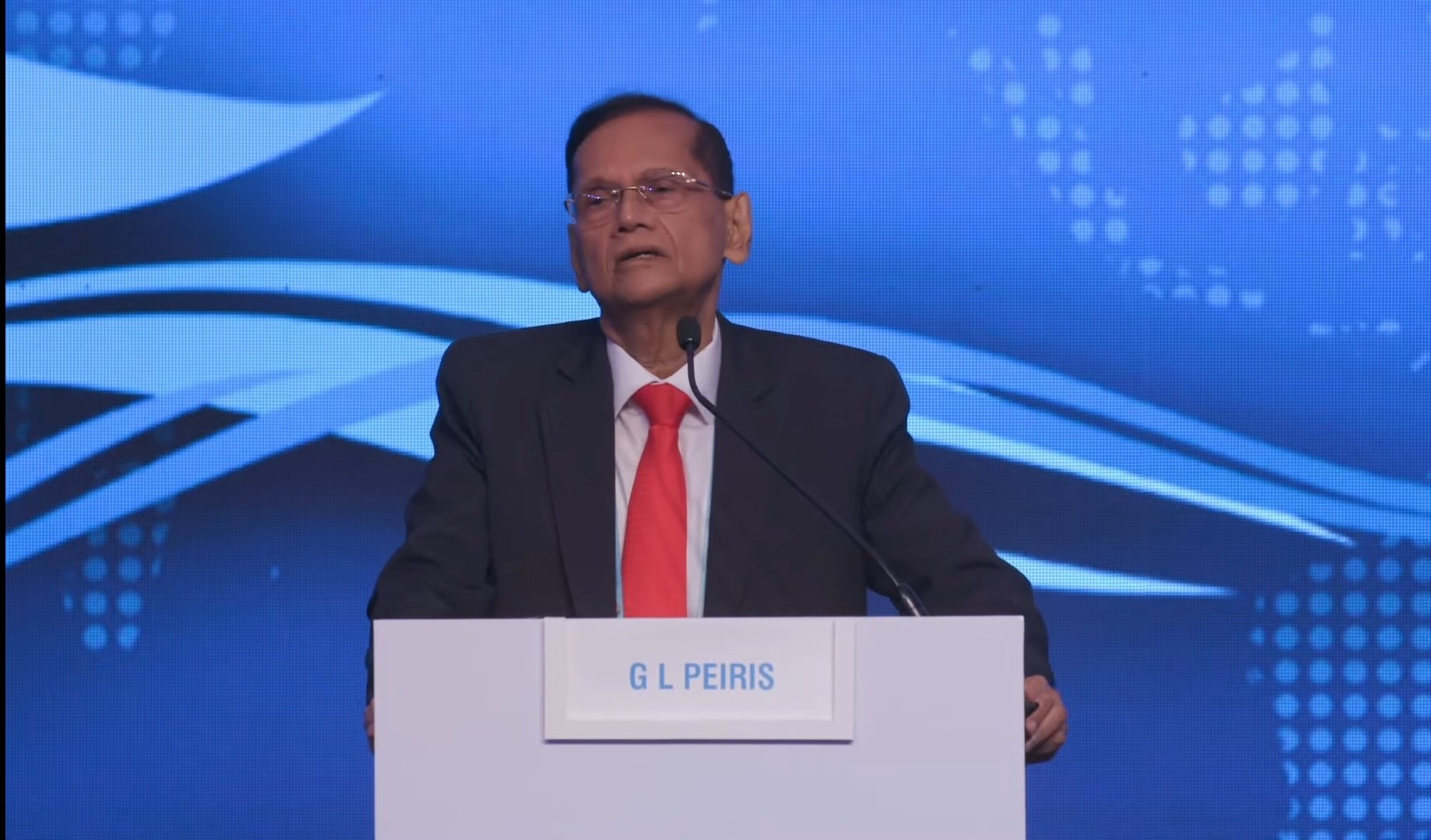Chandrayaan-2’s DFRS orbiter detects high density plasma in Lunar wake region.

Chennai, Aug 7 : The Indian Space Research Organisation (ISRO) on Sunday
said the Dual Frequency Radio Science (DFRS) payload onboard Chandrayaan-2
Orbiter has detected high density plasma in the Lunar wake region.
In an update ISRO said, the Moon is believed to have a very tenuous atmosphere.
Since the ionosphere derives its origin from the atmosphere the plasma density
at the Moon is considered to be only a few hundred ions per cubic centimeter.
Measurements made using the DFRS experiment onboard Chandrayaan-2 orbiter,
however, have shown that Moon’s ionosphere has a plasma density of the order
of 104 cm-3, in the wake region which is at least one order of magnitude more
than that is present in the day side.
Chandrayaan-2, the second Indian Lunar exploration mission, which was launched
on July 22, 2019, carried several payloads, among which the DFRS was designed to
study the lunar ionosphere.
It uses two coherent signals at the S-band (2240 MHz) and X-band (8496 MHz) of
radio frequencies, transmitted from the Chandrayaan-2 orbiter and received at
the ground station at Byalalu, Bangalore to explore the lunar plasma ambiance
using the radio occultation (RO) technique.
Simultaneous measurements by two coherent radio signals help to mitigate the
effect of the Earth’s atmosphere and any uncertainties due to various sources
during the experiments, ISRO said.
The DFRS payload was conceptualized and jointly developed by Space Physics
Laboratory (SPL) of Vikram Sarabhai Space Centre, Trivandrum; UR Rao Space
Centre (URSC), Bangalore; and ISRO Telemetry, Tracking, and Command
Network (ISTRAC), Bangalore.
For the RO observations, an algorithm to estimate the integrated electron
density profile was developed at SPL and used to study the Moon’s ionosphere
in the lunar wake region, a region of the Lunar ionosphere that does not directly
interact with the solar wind.
A total of 12 radio occultation experiments have been conducted in campaign
mode on four different occasions based on carefully selected geometry suitable
for the RO measurements.
Detailed analysis shows that the total electron content along the ray path in the
Lunar ionosphere can be as large as 1.5 TECU (1 TECU = 1016 m-2) with the uncertainty
of 0.15 TECU, in the Lunar wake region. Large electron content is also seen near lunar
polar regions during solar twilight conditions.
These findings are unique and first of its kind as they show substantial post-sunset enhancement in plasma density compared to the dayside values reported so far by
earlier missions.
The observed large enhancements in electron density in the Lunar wake region open
new dimensions in understanding the lunar dark side plasma environment. In the wake region, neither the solar radiation nor the solar wind interacts directly with the available neutral particles, but still, the plasma is getting generated. Numerical simulations of the
dark side of plasma environment using a 3-dimensional Lunar Ionospheric Model (3D-LIM) developed at SPL suggest that the production of ions by charge exchange reactions may
play a pivotal role in producing a significantly large plasma density in the Lunar wake
region, which can sustain for a longer period. The model suggests that the dominant ions
in the wake region are Ar+, and Ne+ which have a comparatively longer lifetime than the molecular ions (CO2+, and H2O+ ) that are dominant at other regions.
On the other hand, fraction of the ions produced by solar radiation during the daytime
is swept by solar wind, leading to reduced daytime plasma density.
These path-breaking scientific results on the Moon’s ionosphere using DFRS payload
onboard the Chandrayaan-2 orbiter and modeling of the physical mechanism are published
in the Monthly Notices of the Royal Astronomical Society- Letter; “A study on the characteristic features of the Lunar ionosphere using dual-frequency radio science (DFRS) experiment onboard Chandrayaan-2 orbiter”, Keshav R. Tripathi, R. K. Choudhary, K. M. Ambili, K. R. Bindu, R. Manikantan and Umang Parikh.
Chandrayaan-2 had earlier detected solar proton events due to high intensity solar flares
in January 2022.
Later, the Chandra’s Atmospheric Composition Explorer-2 (CHACE-2), a quadrupole mass spectrometer onboard Chandrayaan-2 mission has made the first-of-its-kind observations
of the global distribution of Argon-40 in the tenuous lunar exosphere.
These observations provide insight on the dynamics of the lunar exospheric species, as
well as on the radiogenic activities in the first few tens of meters below the lunar surface,
ISRO said.






